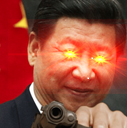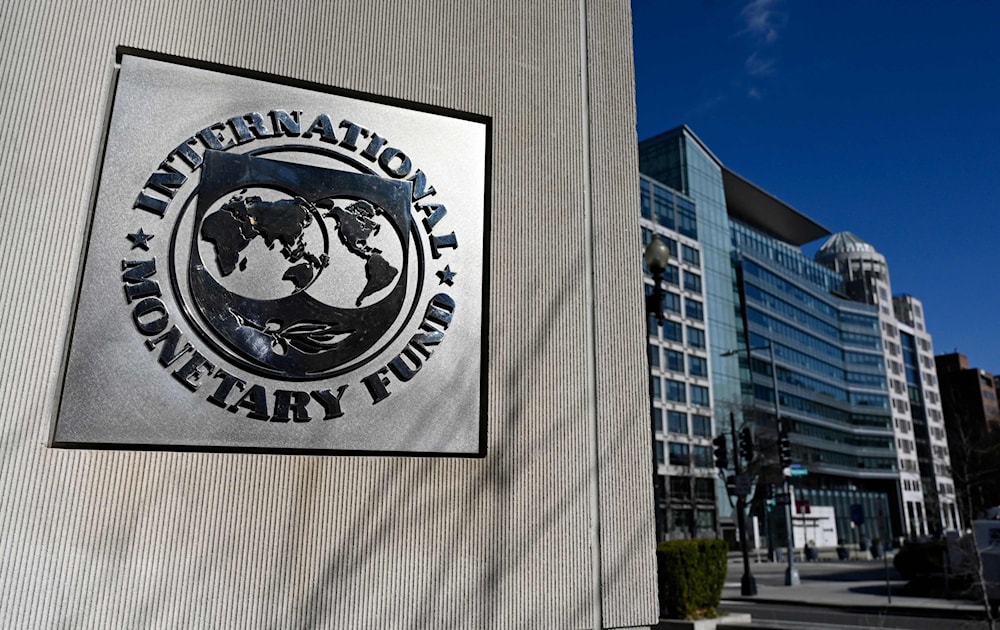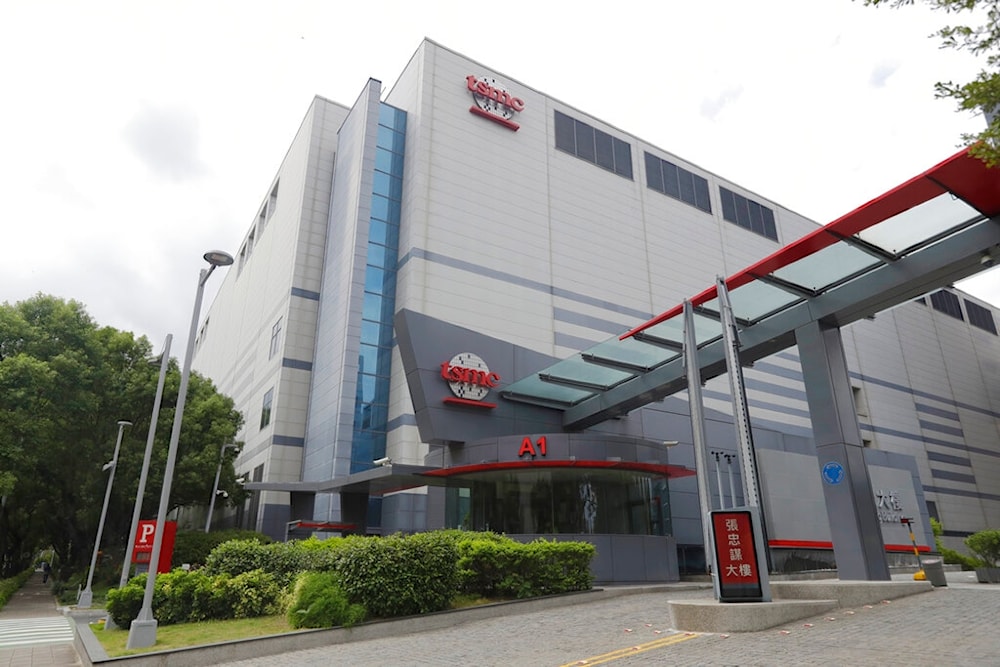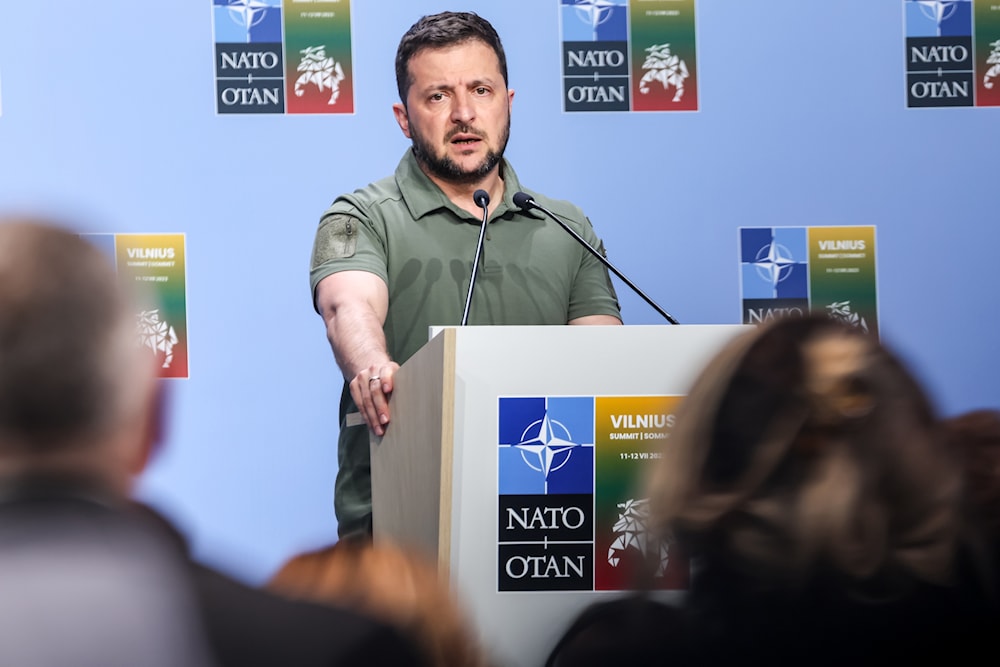

Wow, fusion could happen by 2027. Of course it would take longer to make it commercially available, but this is awesome.
Shanghai-based Energy Singularity has effectively completed the engineering feasibility verification of high-temperature superconducting for its Honghuang 70 (HH70) tokamak device, giving China a first-mover advantage in the critical field of high-temperature superconducting magnetic confinement fusion. Energy Singularity has also become the world’s first commercial company to build and operate an all-superconducting tokamak.
“The design work of the device began in March 2022, and the overall installation was completed by the end of February this year, setting the fastest record for the research and construction of superconducting tokamak devices worldwide,” Yang Zhao, Energy Singularity’s Chief Executive Officer, has revealed.
So, how did this little-known Chinese company manage to pull off in two years what ITER [the West’s largest fusion research project, located in France] has failed to achieve in nearly two decades?
According to Yang, using high-temperature superconducting materials can reduce the volume of a device to about 2 percent of that of traditional low-temperature superconducting devices, allowing the construction period of the device to be shortened from ~ 30 years to just 3-4 years.
According to Yang, the company owns independent intellectual property rights of HH70, with a domestication rate of over 96 percent, adding that all of the device’s magnet systems are constructed using high-temperature superconducting materials. Despite its commendable success, Energy Singularity is not resting on its laurels, with Yang revealing the company plans to complete the next generation high magnetic field high-temperature superconducting tokamak device dubbed HH170 with a deuterium-tritium equivalent energy gain (Q) greater than 10 by 2027. In fusion parlance, the Q value reflects the energy efficiency of the fusion reactor, that is, the ratio of the energy generated by the device to the energy input required to sustain the fusion reaction. Q values greater than 1 means the reactor generates more energy than what it consumes, which is essentially what fusion research has been trying to achieve in a commercial reactor for decades. Currently, the greatest Q factor that scientists have achieved is just 1.53.























“Hey cabron. That wall ain’t doing shit for you now, huh?”